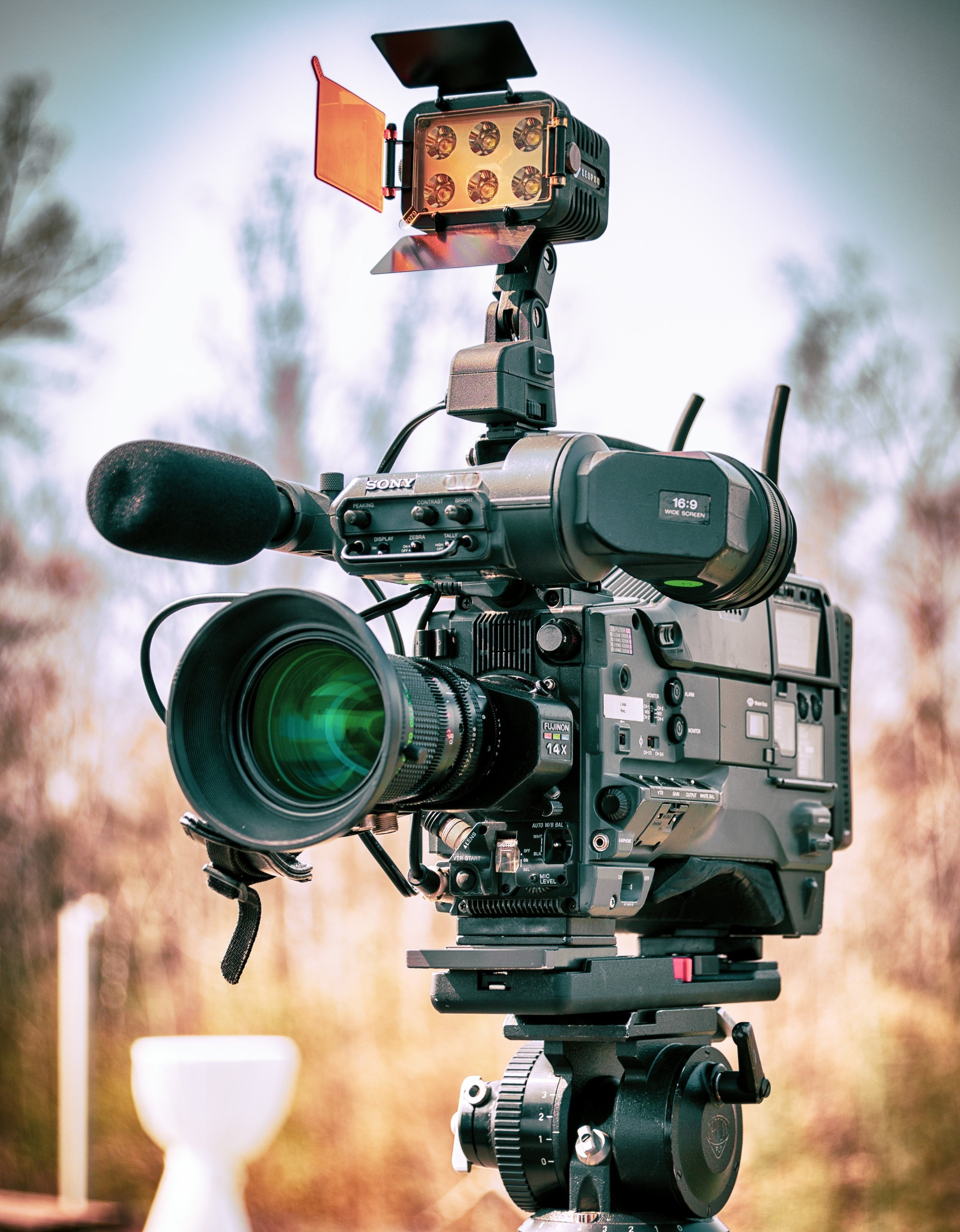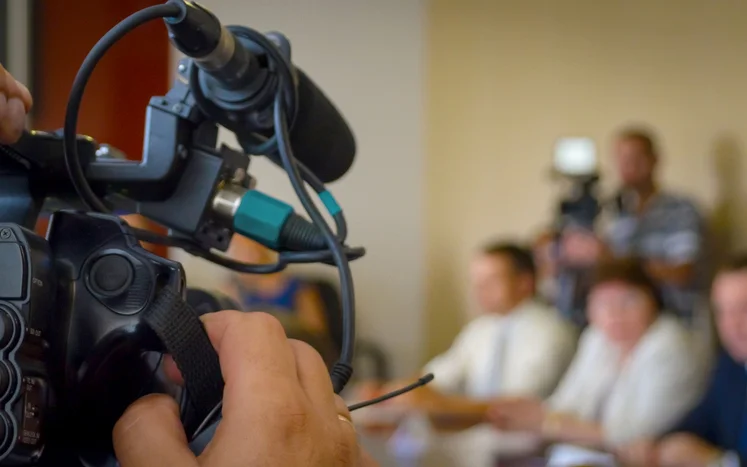The Art of Court Coverage: Strategies and Ideal Practices
Court reporting is a meticulous craft that demands accuracy, emphasis, and an eager eye for information. As the quiet guardian of legal procedures, court press reporters play a critical duty in recording and maintaining the talked word with undeviating accuracy. With the art of transcription, they transform spoken language right into created documents that stand as the foundation of legal documentation. However, the course to coming to be a skillful court press reporter is led with obstacles that need finesse, experience, and a proficiency of different techniques. From honing energetic paying attention skills to accepting sophisticated innovation tools, the trip in the direction of excellence in court coverage is vibrant and diverse.
Relevance of Listening Skills
Effective court reporting counts heavily on the growth and application of sharp listening abilities. Stenotype reporter play a critical role in properly documenting legal process, guaranteeing that every talked word is transcribed with accuracy and focus to detail. By sharpening their listening skills, stenotype reporter can record subtleties in emotion, tone, and focus, providing a detailed document of the proceedings.
Sharp paying attention abilities enable court reporters to browse challenging acoustic environments, such as congested courtrooms or fast-paced discussions, without missing out on crucial details. These skills likewise encourage them to distinguish between speakers, determine technological terms, and properly record intricate legal jargon. Moreover, energetic listening allows court reporters to expect the flow of conversation, guaranteeing that they are constantly one action in advance in recording the process.
Enhancing Transcription Precision
Court press reporters' proficiency of sharp listening skills straight contributes to the enhancement of transcription accuracy in lawful process. Together with these skills, using innovative innovation plays a vital function in additional refining the precision of transcriptions.

Moreover, continual training and specialist development are important for stenotype reporter to remain upgraded on lawful terms and treatments. By honing their skills and staying informed about market requirements, stenotype reporter can constantly provide very accurate transcriptions that support the stability of legal procedures.
Using Innovation Tools
Incorporating modern-day technological tools into the court reporting procedure dramatically boosts transcription effectiveness and accuracy. Stenotype reporter can take advantage of an array of software application applications developed specifically for their profession. Real-time transcription software program enables reporters to record talked words quickly, improving the rate and precision of the process. In addition, voice recognition technology can be made use of to convert talked words into message immediately, reducing the demand for hands-on transcription.
Video conferencing devices enable stenotype reporter to attend remote hearings and depositions, increasing their reach and flexibility. Cloud-based storage space solutions use secure and practical alternatives for storing and accessing records. Furthermore, digital stenography equipments with advanced functions such as multifunctional display screens and enhanced connectivity alternatives streamline the reporting process.
Taking Care Of Time Effectively
Time management is crucial in court coverage as it entails recording spoken words accurately and swiftly. Prior to a court session, court press reporters must familiarize themselves with the situation details to prepare for the circulation of discussion and click site prioritize crucial information. In addition, using shorthand and abbreviations can significantly speed up the keying procedure, enabling court reporters to maintain up this content with fast-paced dialogue.
Furthermore, establishing practical target dates for completing records is essential in handling time efficiently. By sticking and developing attainable objectives to a routine, court reporters can stay clear of last-minute hurries and make sure timely shipment of transcripts. Welcoming technology tools such as speech acknowledgment software program can also aid in expediting the transcription procedure, maximizing even more time for reviewing and editing and enhancing. Ultimately, by developing their time administration skills, court press reporters can boost their efficiency and supply premium records effectively.
Maintaining Expertise

Expertise for stenotype reporter consists of dressing appropriately for court, showing up early to establish equipment, and performing themselves with dignity throughout the process. They should remain neutral and avoid engaging in any type of behavior that may endanger their objectivity. In addition, maintaining discretion and guaranteeing the precision of the transcript are vital to upholding the criteria of the profession.

Conclusion
To conclude, understanding the art of court coverage calls for refining necessary paying attention skills, guaranteeing transcription precision, leveraging modern technology devices, handling time effectively, and upholding professionalism and reliability at all times (COURT REPORTING DURHAM). By including these strategies and finest practices right into their job, stenotype reporter can effectively document and capture court procedures with accuracy and clearness
As the silent guardian of lawful procedures, court reporters play a crucial duty in catching and preserving the talked word with steadfast accuracy. By sharpening their listening skills, court press reporters can capture subtleties in emotion, tone, and focus, offering a thorough record of the procedures.
Court reporters' proficiency of sharp listening abilities straight contributes to the improvement of transcription accuracy in lawful proceedings. Prior to a court session, court reporters must familiarize themselves with the situation information to expect the circulation of discussion and focus on important information.Professionalism and trust for court reporters includes clothing appropriately for court, showing up very early to set hop over to here up devices, and performing themselves with dignity throughout the procedures.